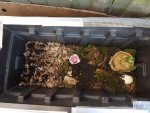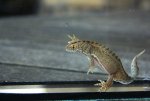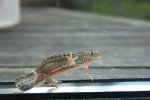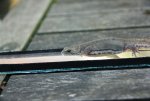jane1187
New member
- Joined
- Jul 23, 2009
- Messages
- 285
- Reaction score
- 23
- Points
- 0
- Location
- Bierley, Yorkshire
- Country
- United Kingdom
You're very talented with your camera Mark, as well as a camcorder! Those shots are excellent. No chance of you producing prints to sell? Its not a newt you see every day is it, very handsome.












